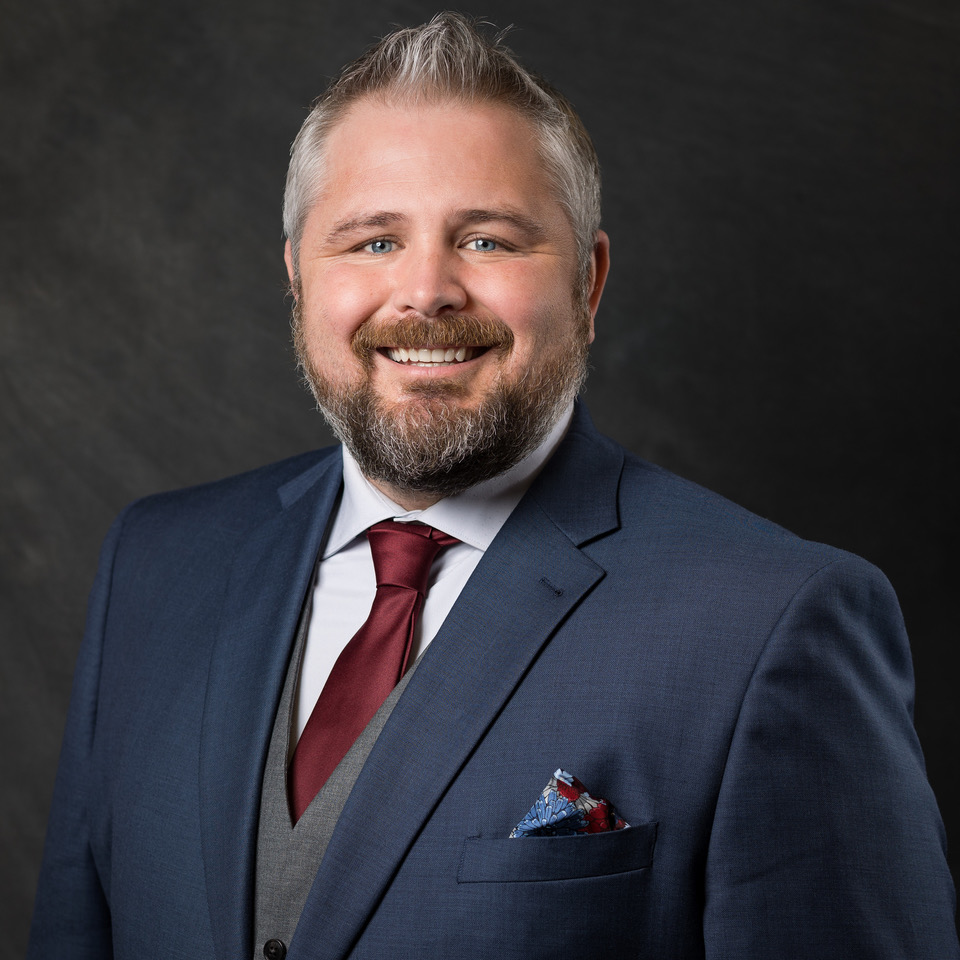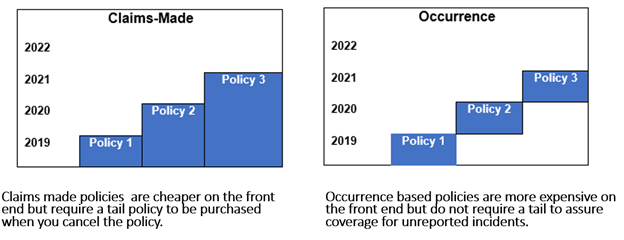
By Tom Strangstalien, Insurance Advisor
Last month was life insurance awareness month, but we should be aware of the value of life insurance and the opportunities it offers all year round. A relatively new concept in life insurance is guaranteed no-lapse universal life. So, what exactly is this new form of life insurance, and does it potentially serve a purpose in your life?
Term insurance is the least expensive and most common form of life insurance. You choose a term period of one year (annual renewable term), ten years, twenty years, thirty years, or in rare instances even 40 years. If you pay your premiums on time, the coverage is guaranteed to be in place if needed. At the end of the term period, you are now older and while you can potentially renew the coverage for another term, because you are older, the cost will be substantially higher. Alternatively, you could pay the current premium for our attained age each year until it reaches the point where it simply isn’t affordable anymore. Lastly, depending on the product that you purchased, you may not have the option to renew the coverage, and the policy simply lapses, so the coverage goes away.
The major question with term insurance is, “What if I need the coverage after the end of the term period?” As outlined above, it can create a situation that is not ideal. Life happens and there are numerous scenarios where you might want life insurance coverage for a lifetime and not just a specified number of years. A no-lapse universal life insurance policy can address these concerns. With universal life insurance, you pay more into the policy than you would with term insurance. It has a cash value component where excess funds are deposited in the earlier years of the contract. Those funds then assist in paying premiums in later years when you are older and premiums are more expensive. You can “cash out” your account at anytime if the coverage is no longer needed. If funded properly, the premiums will not change, however it must be carefully reviewed each year if anticipated interest rates (or the performance of the cash account) do not perform to the expected standards. If it’s not earning sufficient interest, premiums and/or the amount of coverage may need to be adjusted, or the policy can be in jeopardy of lapsing in the future since it’s not properly funded. It simply can run out of money.
With guaranteed no-lapse universal life, you pay more at your attained age [EW1] than you would with term insurance. However, like traditional universal life, it does have a cash value account. Yet, as long as you pay the no-lapse premium, the coverage is guaranteed to be there for life! Unlike traditional universal life, the contract is never in jeopardy. The cash account may or may not perform as anticipated, however this has no bearing on the life insurance coverage. It will always be there! It’s essentially a pseudo lifetime term insurance program!
What will your future hold? How will your health be? Will you want to create a legacy, a charitable endeavor, or a scholarship fund? Will you want to create wealth for your future generations? As you consider term life insurance, what term limit will you choose? Or maybe you should explore coverage for your lifetime in the form of guaranteed no-lapse universal life.
The WisMed Assure team would be happy to provide you with quotes from several companies. Our allegiance is always to you, and as always thank you for all that you do!
For help with your insurance planning, contact Tom Strangstalien at 608.442.3730 or the WisMed Assure team at insurance@wismedassure.org, complete this quick online form or call 608.442.3810.
Note: This article is for informational purposes only and should not be considered as insurance advice related to your specific policy or situation. Please consult with a qualified insurance advisor or professional before making any policy decisions. Full disclaimer and contact information.






